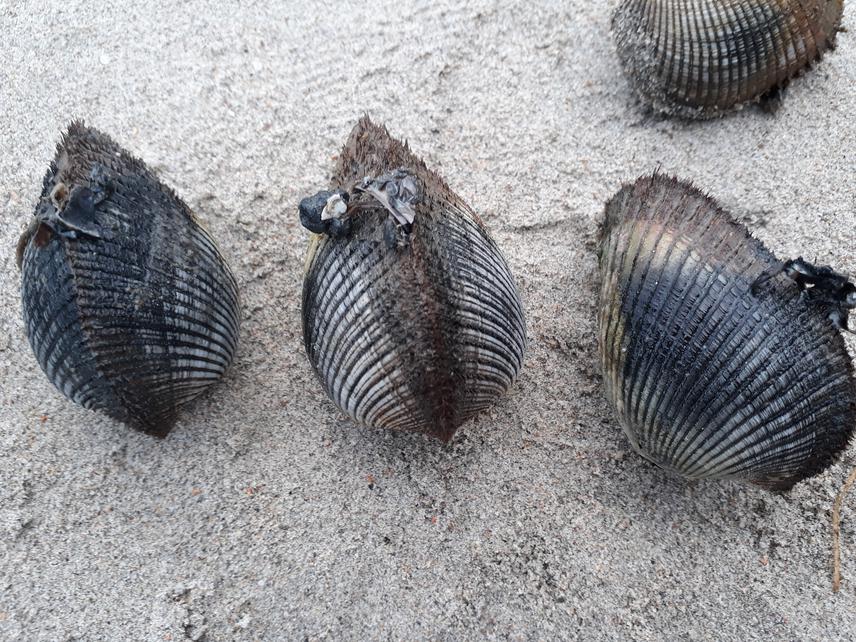Cyrus Rumisha
Other projects
24 Sep 2019
Compliance Campaigns and Genetic Monitoring to Foster Sustainable Fisheries in the Rift Valley Lakes of North-Central Tanzania
11 Jan 2023
Combating Destructive Fishing to Rescue the Endangered Manyara tilapias in Tanzania
In response to the declining fish stocks, efforts were taken to increase the number of MPAs along the Tanzanian coast. Despite the perceived benefits, the patterns of gene flow between MPAs and fishing areas is still unknown. In addition, due to poverty and lack of other alternative sources of income, non-compliancy is reported in some MPAs. This project will use social research surveys to assess the perception of local communities towards the existing MPAs, and genomic methods to assess the patterns of gene flow between the existing MPAs and fishing areas outside the MPAs.

The bivalve Anadara antiquata.
Artisanal fisheries provide livelihood to coastal communities in Tanzania and contribute to the national income. Despite its importance, the growing coastal population is threatening the sustainability of the fishery due to increased fishing pressure and the use of destructive fishing methods. As a result, fish stocks and livelihoods of artisanal fisheries along the Tanzanian coast have declined dramatically over the past years. In response to the declining fish stocks and livelihoods, efforts were taken to increase the number of marine protected areas (MPAs) along the Tanzanian coast. Although the MPAs are expected to enhance marine fisheries by exporting adult fish and larvae to fishing areas, the patterns of gene flow between MPAs and fishing areas in Tanzania is still unknown. In addition, due to poverty and lack of other alternative sources of income, non-compliancy is reported in some MPAs.
This project aims to assess the perception of local communities towards MPAs and the patterns of gene flow between the existing MPAs and fishing areas outside the MPAs. Social research surveys will be used to assess the perception of local communities towards the existing MPAs, while sequences of the cytochrome oxidase subunit I gene (COI) will be used to assess the patterns of gene flow and to estimate the effective population size. The COI sequences will be amplified from the DNA extracts of the muscle tissues of the bivalve Anadara antiquata. The bivalves were collected from the Tanga Coelacanth Marine Park, the Dar es Salaam Marine Reserve System, the Mafia Island Marine Park, the Mnazi Bay-Ruvuma Estuary Marine Park, and fishing areas outside these MPAs. The output will include identified critical areas for strengthened management; at least one journal paper; and reports from consultative meetings. The outcomes will include increased understanding of the patterns of gene flow; improved understanding of the local communities’ needs and perception; and improved livelihoods.